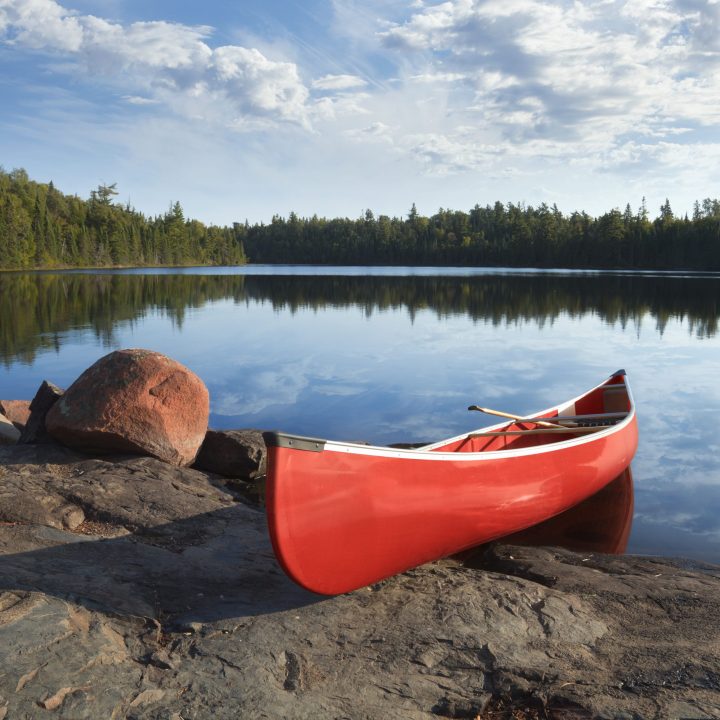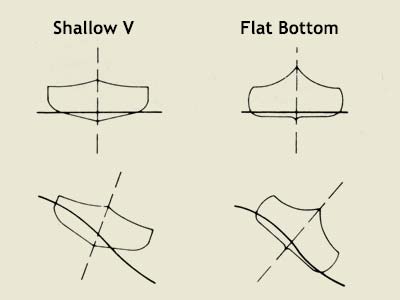
Business Lessons from Complexity: Initial Stability vs. Final Stability with Canoes

For obvious reasons, I’ve been thinking about stability. Right now our world is haunted by true instability and the fear of an even more unstable future.
My thinking led me to a think about stability and canoe design.
Initial Stability and Final Stability in Canoe Design
In the mid-1990’s, my wife and I decided we wanted to buy a canoe. After all, in the Pacific Northwest we are surrounded by superb water for canoeing, kayaking, or other water sports. So we took our incredibly naive selves into a class on canoeing. It was invaluable.
When shopping for canoes, people always want “the most stable canoe possible” and we were no exception. Turns out there is no such a thing. All canoes will eventually flip. But there are many designs with different strengths — but most critically we had to learn to think about Initial and Final stability.
The Wenonah Canoe website defines these terms:
“Initial” stability is how tippy a boat feels when you’re getting in and out of it or when it’s resting on calm water.
“Final” stability is how resistant a canoe is to tipping even when in high winds and waves
Essentially, flat bottomed canoes have better initial stability. So when a novice gets in they feel safer — because the canoe doesn’t “feel” unsafe. Unfortunately, that’s a false sense of safety. Flat bottomed canoes are at much higher risk of flipping in adverse conditions. This illustration shows how much further a flat bottom tips on the same wave. If you will, canoes with strongest initial stability are for sunny, warm and calm days. If only we could be assured that’s all our businesses would face.
By contrast, canoes with the best final stability feel unstable when you step into them yet are far more stable when the weather gets bad. These canoes can be navigated on large lakes where risk of bad weather and waves is worse.
In the end we bought an 18′ Sundowner canoe from Wenonah. It was a brilliant canoe for what we wanted. Superb on open water. Between length and design it was tremendously fast and fun. And, chose final stability over initial stability and never looked back — we had no regrets. (BTW… Realities of parenthood intervened and we eventually sold the canoe.)
Business and Stability
Similarly, in business a “feeling of stability” is highly sought — but often misleading if it is attained. Businesses which are so tightly managed that they look perfect to the people who work there (or to investors considering buying them) are also usually businesses which are brittle — businesses with poor final stability. When the wind kicks up, you’ll want to get that business out of the market or jump out and start swimming if it’s not too late.
On the other hand, the businesses with true final stability — those which can best survive some rough water — can feel chaotic to those who first step into them. But I’d rather be involved with a business with the honesty not cover up things they fear make them LOOK unstable because it’s often exactly those things which make them stable.
Andrew Everett asked me about examples I might suggest of businesses in each category. Here are a few pairs.
- Kodak was brittle (lack of diversification); Fuji had final stability because it was well diversified. Of the two, only Fuji thrives still despite the death of the film market.
- Blockbuster was brittle; Netflix had the fluidity of final stability. Don’t think I need to say much more.
- Traditional commercial landlords have final stability; WeWork ended up being brittle and lacked good stability.
- Taxi companies have better final stability; Uber so far appears to lack the foundation for stability as shown by their outrageous losses and stock price crash.
So let’s start focusing on true final stability in all of our work — and stop falling for the mis-leading myth of initial stability.
Stay healthy and safe.
©2020 Doug Garnett — All Rights Reserved
Through my company Protonik LLC based in Portland Oregon, I advise a select group of clients to drive success with better marketing of new and innovative products. I also work with clients attempting to bring new life to Shelf Potatoes or take their existing products to new markets. You can read more about these services and my unusual background (math, aerospace, supercomputers, consumer goods & national TV ads) at www.Protonik.net.
Categories: Business and Strategy, Complexity in Business, Innovation, Retail

